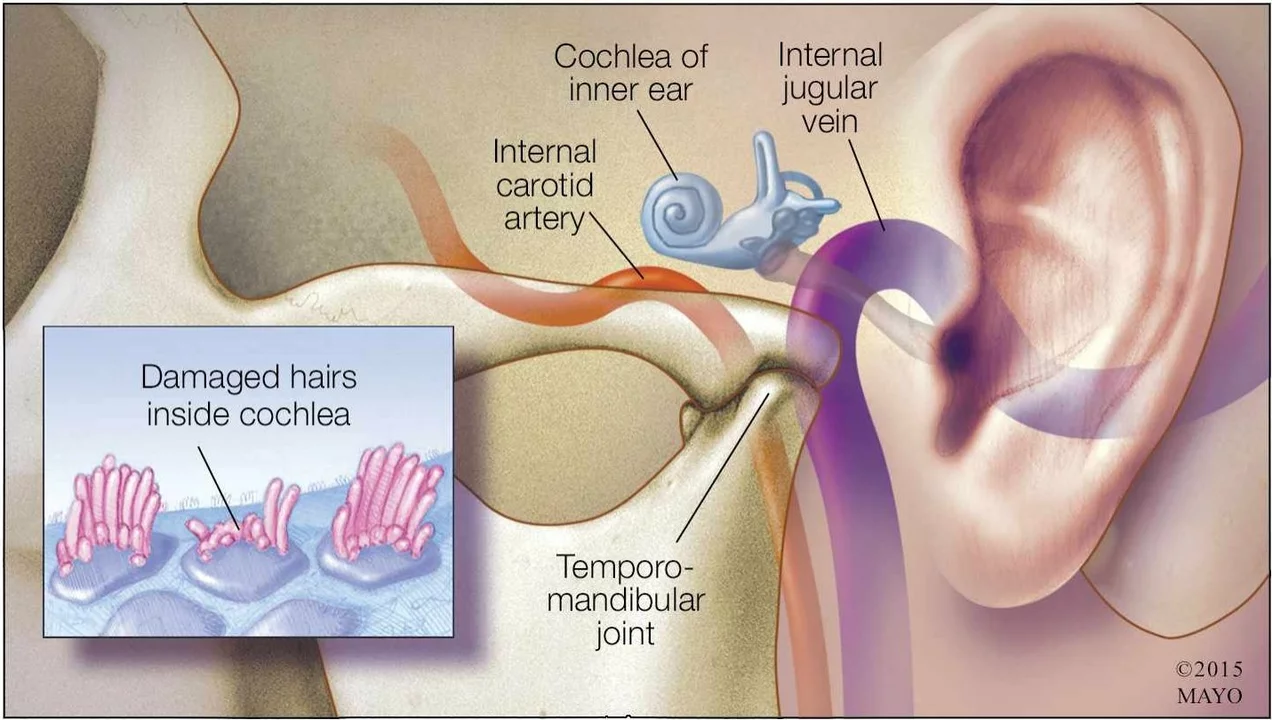Noise relief: Practical steps to cut noise and sleep better
Too much noise isn’t just annoying — it harms sleep, stress levels, and hearing. If traffic, neighbors, or a noisy HVAC system is wrecking your day or night, you don’t need a complete renovation to get relief. Below are clear, practical fixes you can try right now and changes that actually make a lasting difference.
Quick fixes you can use today
Start with inexpensive tools. Good foam earplugs (NRR 29–33 dB) or soft silicone plugs block a surprising amount of sound and cost a few dollars. If you prefer not to block sound entirely, try a white-noise machine or a phone app that plays masking sounds like rain, fan noise, or low-frequency hums — these make abrupt noises less jarring and help with sleep.
Move furniture to your advantage: place a bookshelf against the shared wall, add thick rugs on hard floors, and use heavy curtains over windows. Even small changes cut reflected noise and make rooms feel quieter. For immediate daytime focus, noise-cancelling headphones work wonders, especially in open offices or during travel.
Longer-term changes that work
If you want lasting noise relief, focus on windows, doors, and gaps. Upgrading to double-pane or acoustic windows reduces street noise significantly. Weatherstripping and door sweeps stop noisy drafts around doors. For walls and ceilings, adding mass — like extra drywall or acoustic panels — lowers sound transmission more than thin insulation alone.
Address the source when possible. Ask noisy neighbors politely about quiet hours, or schedule deliveries and loud chores for daytime. For HVAC or appliance noise, a technician can often tune motors or replace worn parts to cut hums and rattles. If a landlord manages the building, put requests in writing with specific times and decibel examples — that helps when you need action.
Tinnitus and hearing concerns need a different approach. If you notice ringing, buzzing, or muffled hearing after noise exposure, see an audiologist. They can test hearing and suggest hearing protection, sound therapy, or behavioral strategies that reduce the impact of tinnitus on sleep and concentration.
For parents: children’s rooms benefit from soft textiles, insulated doors, and white-noise machines set to child-safe volumes. Schools and daycare centers often respond well to requests for quieter play areas or softer flooring to cut echo and stress.
Finally, use numbers to plan action. Normal conversation is about 60 dB, busy traffic 70–85 dB, and lawn mowers 90 dB — prolonged exposure above 85 dB raises hearing loss risk. If you can measure noise with a phone app, target reductions so typical levels stay below 60–65 dB for living spaces.
Noise relief is a mix of short-term fixes and targeted upgrades. Try the easy steps first, then invest in the changes that fit your budget. If sound still affects sleep, stress, or hearing, get professional help — quiet isn’t a luxury, it’s health care for your ears and mind.

The Role of Sound Therapy in Tinnitus Management
As a blogger who's recently delved into the world of sound therapy, I've discovered its incredible role in tinnitus management. Sound therapy helps mask the annoying ringing sounds tinnitus sufferers experience by introducing soothing, external sounds. This not only provides relief but also aids in retraining the brain to focus on other sounds. With various sound therapy options available, such as white noise machines and customized soundtracks, it's becoming increasingly popular for tinnitus management. I can't wait to explore more about how sound therapy can improve the lives of those struggling with tinnitus.
